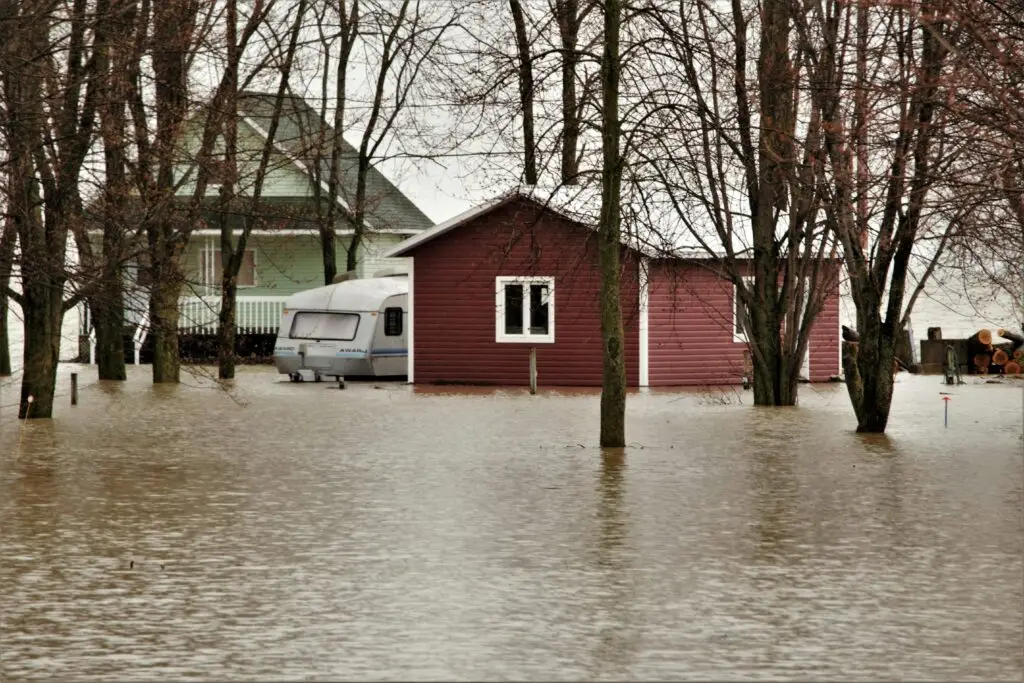Understanding Flood Damage and Its Impact
Flood damage can significantly affect your home and belongings, leading to structural issues and health hazards. It's crucial to recognize the extent of the damage early to mitigate potential risks.
Common impacts of flooding include waterlogged interiors, mold growth, and compromised foundations. Homeowners should assess their property thoroughly, documenting damages for insurance claims and ensuring safety before beginning cleanup efforts.
Essential Safety Precautions During Cleanup
Safety should be your top priority when dealing with flood cleanup. Before starting the restoration process, it's important to take necessary precautions to protect yourself and your family.
This includes wearing protective gear such as gloves, masks, and boots to prevent exposure to contaminated water and sharp objects. Additionally, be aware of potential electrical hazards and ensure that utilities are shut off before entering flooded areas.
Steps to Restore Your Home After a Flood
Restoring your home after a flood involves a systematic approach to ensure thorough cleanup and prevent future issues. Following a detailed plan can help you get back on your feet more efficiently.
Start by removing standing water using pumps and wet vacs, followed by drying out the affected areas with fans and dehumidifiers. It's essential to clean and sanitize all surfaces to prevent mold growth, and you may need to replace damaged materials like drywall and flooring.
Working with Insurance for Flood Damage Claims
Navigating insurance claims after a flood can be overwhelming, but understanding the process can help you secure the necessary funds for repairs. It's important to familiarize yourself with your policy details and coverage limits.
Document all damages with photographs and keep records of any expenses incurred during the cleanup process. Communicate clearly with your insurance adjuster and provide them with all required information to expedite your claim and ensure a smoother recovery experience.

